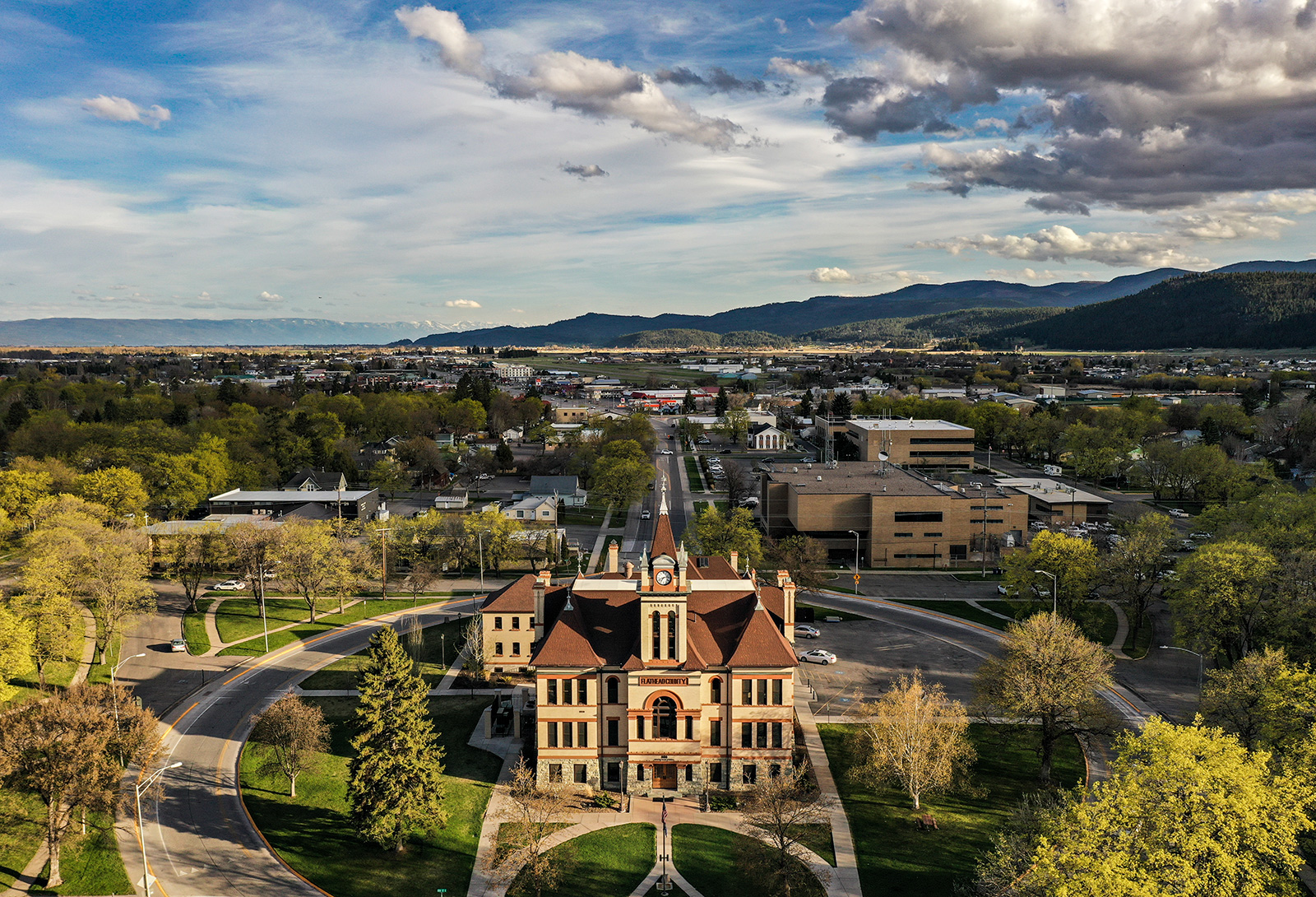Flathead County Approves Resolution to Reduce School Property Tax Mills
Flathead County joined a growing coalition of Montana counties rejecting a state order to impose a regular education property tax rate amid spiking property values
By Denali Sagner
The Flathead County Commissioners on Wednesday morning unanimously approved a resolution to reduce school funding property tax mills collected through a longstanding state program that equalizes educational funds between wealthier and poorer school districts. Flathead County joins a number of counties in Montana resisting a direction from the state to collect a full 95 mills for school equalization funding amid spiking property values.
Governing bodies set property tax rates based on “mills.” Each mill is $1 per $1,000 of taxable value, meaning that when a property’s value increases, the amount of tax revenue brought in by that property also increases, should the mill rate stay the same. However, municipalities in Montana have a mandatory cap on how many mills they can charge in order to limit major tax increases when property values rise dramatically, as they have in recent years. The median value of a residential property in Flathead County increased by 45% between 2021 and 2023, according to the Montana Department of Revenue (DOR).
While cities and counties are required to lower mill rates to adjust for property value spikes, the state’s school equalization funding has been set at a full 95 mills for the past two decades, and DOR in September directed counties to collect the full tax again this year.
Flathead County on Wednesday joined a number of Montana counties rejecting DOR’s directive to collect the full 95 mills, marking an effort to limit a major property tax increase. The counties have argued that the state’s mill tax cap should apply to the school equalization tax’s 95 mills.
“We do an amazing job here with the taxes that we give,” Commissioner Pam Holmquist said at the Wednesday morning commissioners’ meeting. “We are capped. We do a really good job, and I’m just asking the state to do the same.”
Per the approved resolution, Flathead County will collect 32.9 mills for the State Equalization Aid Levy; 27 mills for the County Elementary Equalization Levy; and 18 mills for the High School Equalization Levy, for a total of 77.9 mills. This is a decrease from the 95 mills typically collected, which break down to 40 mills for the State Equalization Aid Levy; 33 mills for the County Elementary Equalization Levy; and 22 mills for the High School Equalization Levy.
As of Tuesday, commissioners from Beaverhead, Fergus, Richland, Missoula and Gallatin counties had proposed or approved measures to collect less than the 95 mills required by the state.
“Flathead County is not standing alone in this,” Commissioner Randy Brodehl said.
Amid the growing resistance from county governments, the governor’s office has refused to concede on the push for a lower mill rate. Gov. Greg Gianforte’s administration on Monday filed a lawsuit against Missoula County after the county planned to vote on a resolution to lower the school equalization mill from 95 to 77.89 mills.
In the lawsuit, the state argued that the school equalization mill has helped to “equalize school funding for all Montanans” by distributing revenue to tax-base-poor districts.
A handful of Republicans, as well as education advocates, have spoken out against the counties’ efforts to buck the DOR directive.
Sen. Greg Hertz, R-Polson, in a Tuesday post on X, the social media platform formerly known as Twitter, wrote, “In the current fiscal year the state funds K-12 education for a total of $944M. The 95 mills generates $344M and the balance of $600M comes from the general fund. Congratulations county commissioners you just reduced property taxes for the top 10 corporate taxpayers by $10.3 million per year and provided the average Montana resident a $80 tax reduction per year. You have also given significant tax reductions for out of state residents living in the Yellowstone Club and others areas of the state in their multimillion dollar homes. Do you really know what you have done?”
County officials have contended that education funding will not suffer with a lower mill rate, and that the state should supplement any missing revenue through its General Fund, which has ran a surplus in recent years with a growth in collected income taxes.
“If I thought this was reducing one dollar in funding for education, I wouldn’t support it,” Commissioner Brad Abell said. “This doesn’t affect school funding.”
However, public education advocates have warned that a drop in mill funding could push the state to cut education funding rather than supplement it through the General Fund.
The resolution by the commissioners came the day after voters in Kalispell and Whitefish rejected levy and bond proposals that would have funded safety and technology infrastructure in Kalispell and a major high school expansion in Whitefish.